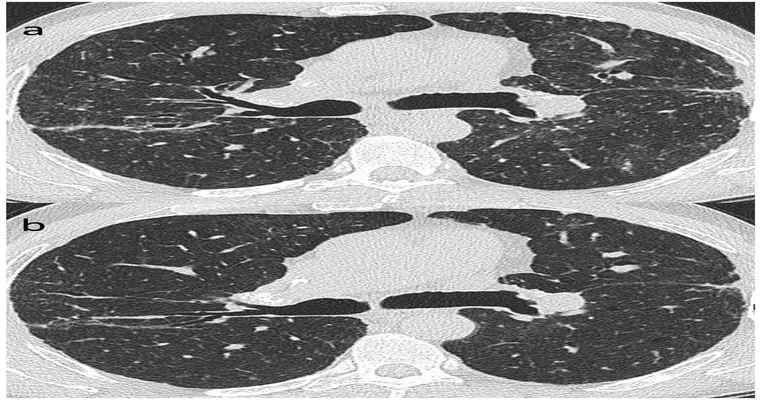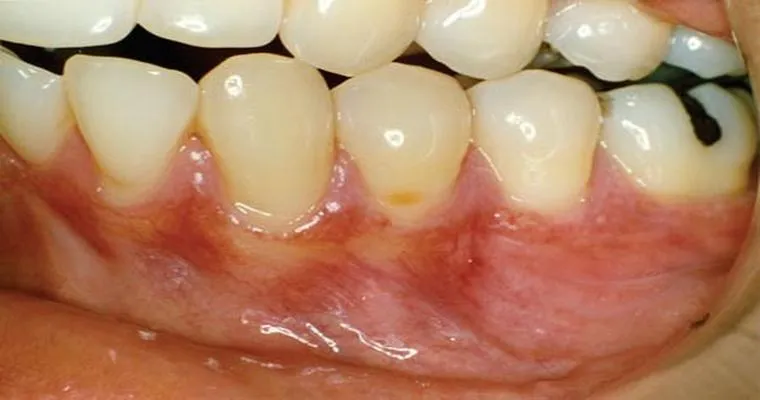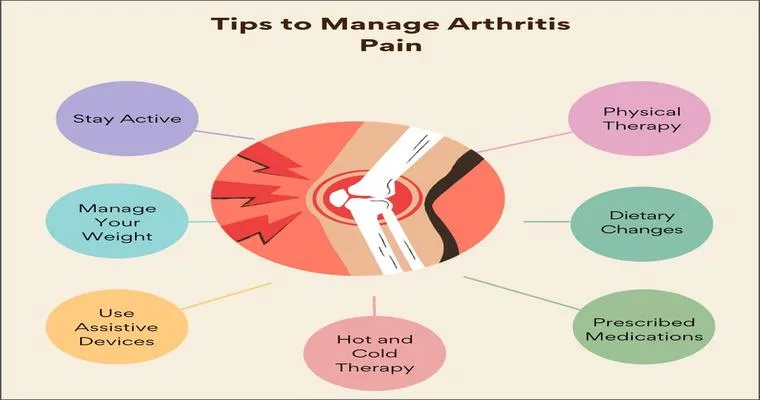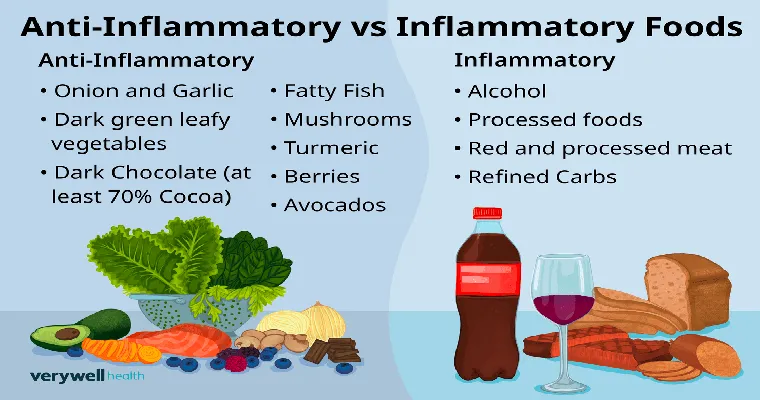When a "CT scan" reveals conditions such as "COPD", "end stage sarcoidosis", and "bronchiectasis", along with significant "inflammation" throughout both lungs, it signals a complex and serious state of lung health. Understanding these diagnoses is crucial for patients and their families, as they can dramatically affect quality of life and treatment options.
Understanding the Conditions
"Chronic Obstructive Pulmonary Disease (COPD)" is a progressive lung disease characterized by airflow limitation. It is often caused by long-term exposure to irritants, such as cigarette smoke. Patients typically experience symptoms like shortness of breath, chronic cough, and sputum production. The condition can significantly impact daily activities and overall health.
"Sarcoidosis" is an inflammatory disease that can affect multiple organs but primarily targets the lungs. When diagnosed at an advanced stage, it can lead to severe complications, including lung fibrosis and respiratory failure. The presence of "end stage sarcoidosis" suggests that the disease has progressed significantly, requiring immediate medical attention.
"Bronchiectasis" is a condition where the airways become abnormally widened, leading to excess mucus production and increased risk of lung infections. This condition often arises as a complication of other lung diseases and can exacerbate symptoms of COPD and sarcoidosis.
Implications of Inflammation
The "inflammation" observed throughout both lungs is a critical aspect of the CT findings. Inflammation can lead to further lung damage, decreased lung function, and increased difficulty in breathing. It also indicates that the body is responding to chronic irritation or infection, further complicating the underlying lung conditions.
Treatment Options
Management of these interconnected conditions typically involves a multidisciplinary approach. Treatment may include:
1. "Medications": Bronchodilators and corticosteroids are commonly prescribed to alleviate symptoms and reduce inflammation. Antibiotics may be necessary in cases of infection.
2. "Pulmonary Rehabilitation": This program combines education, exercise training, and support to help improve lung function and quality of life.
3. "Oxygen Therapy": For those with severe breathing difficulties, supplemental oxygen may be required to ensure adequate oxygen levels in the body.
4. "Lifestyle Changes": Quitting smoking, adopting a nutritious diet, and engaging in regular physical activity can greatly enhance lung health and overall well-being.
5. "Surgery": In some cases, surgical interventions may be considered, particularly for severe bronchiectasis or if lung transplantation becomes necessary due to irreversible lung damage.
Conclusion
A CT scan showing "COPD", "end stage sarcoidosis", "bronchiectasis", and significant "inflammation" throughout both lungs is a serious matter that requires comprehensive evaluation and treatment. Patients should work closely with their healthcare team to understand their condition and develop an effective management plan tailored to their unique needs. Early intervention and ongoing monitoring are key to maintaining lung health and improving quality of life.





